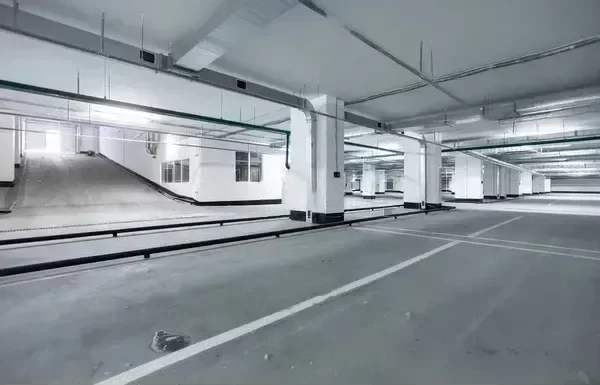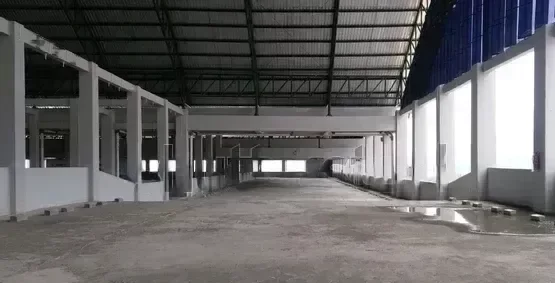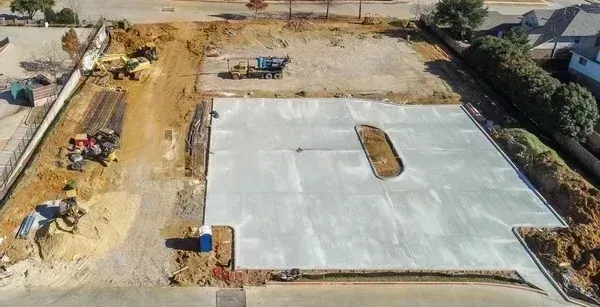Car parks
Automobiles, such as cars, are the most common mode of transportation in today’s world. The need for parking spaces is becoming increasingly apparent as the population continues to grow. According to studies, 64 percent of people check parking availability before traveling, and if there isn’t enough parking, they will refuse to book somewhere or cancel their reservations. The significance of having accessible parking is made abundantly clear by the fact that businesses are more likely to have a steady stream of customers when they have parking that is close by and capable.
Parking lots should be easy to find for potential customers, but they should also fit in with the design of the city as a whole. Although there is a growing demand for temporary/demountable car parking, most parking structures are above ground and permanent. In city centers, where high land values make this financially viable, underground and basement parking is also utilized.
Unique buildings like multi-story car parks usually have all of their areas open. There is no need for weather protection, and the top floor is usually not covered. When detailing the building, it is imperative to take into account the building’s heavy traffic wear and chemical attack from de-icing salts, which can lead to severe exposure conditions.
At the beginning of the project, it is essential for the project’s design team to examine the client’s requirements. Before proceeding with detailed design, technical and financial feasibility studies should be conducted to confirm the project’s viability. After the feasibility stage is finished, the entire brief should be reviewed and any necessary changes should be agreed upon. This should take into account costs for the initial and entire life, service life, safety, security, and other factors.
The client’s objectives and the planned use of the parking lot should be clearly stated in brief. The provision of a parking facility for a specific development, a public car park constructed for profit, with a consistent pattern of use, or experiencing peak demands at specific times are all examples of uses for a car park. It is necessary to define the variety and type of vehicles likely to use the parking lot, as well as the likelihood of any special requirements for vehicles with unusual dimensions. The possibility of further development of the parking lot should also be taken into account.





